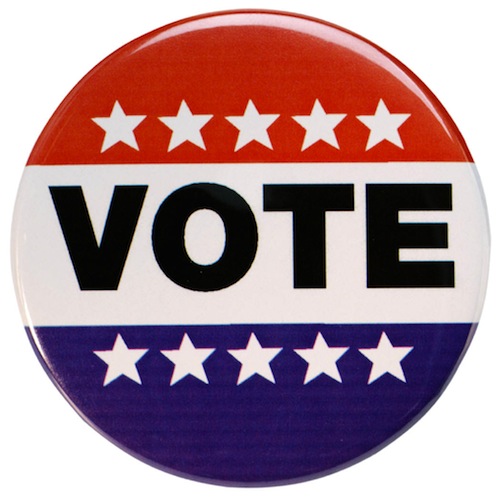The Chron updates us on the latest in modern voting technology.
The drumbeat of election rigging and foreign hacking of voting machines have energized ongoing efforts to develop a new model of digital election equipment designed to produce instantly verifiable results and dual records for security.
Election experts say this emerging system, one of three publicly funded voting machine projects across the country, shows potential to help restore confidence in the country’s election infrastructure, most of which hasn’t been updated in more than a decade.
“It’s the hardest thing I’ve ever done in my life. It’s taken years and years to get it done,” said Dana DeBeauvoir, the Travis County clerk and leader of the voting machine project. “Now that we’ve had this election, there’s renewed interest.”
A prototype of the system, dubbed STAR Vote, sits in an engineering lab at Rice University, and bidding is open for manufacturers who want to produce it wholesale. Similar efforts to innovate voting systems are in the works in Los Angeles and San Francisco.
“County clerks in these jurisdictions are the rock stars of running elections,” said Joe Kiniry, CEO of Free & Fair, an election systems supplier currently bidding on contracts to manufacture the designs of both Travis and Los Angeles counties. “If they have success in what they do, it will have, in my opinion, a massive impact on the whole U.S.”
Like any aging digital device, the voting machines are eventually bound to stumble, said Lawrence Norden, deputy director of the Democracy Program at the Brennan Center for Justice. He pointed to Detroit, where the number of votes counted didn’t match the number of voters who signed in. And he noted that reports of machines flipping votes more likely result from aged touch screens than a conspiracy to rig the election.
Yet there is seldom space in county budgets to replace the machines, which cost usually between $3,000 and $5,000 each. The vast majority of electronic voting equipment was purchased with federal funds from the Help America Vote Act of 2002. Most money reached the states by 2004, and there’s no foreseeable second wave of federal aid.
“This is really an oncoming crisis,” said Norden, who interviewed more than 100 election officials for a 2015 report about aging voting equipment published by the Brennan center. “A lot of election officials have been unhappy with the choices that the major vendors are providing.”
[…]
STAR Vote runs automatic audits, comparing a statistical sample of the paper ballots with the digital records to verify results.
“The savings are just enormous over doing a recount,” Stark said.
While other systems allow for comparison of precinct-level data, STAR Vote can compare paper ballots with individual voters’ digital ballots, which are encrypted and posted online.
Officials could take a small sample of printed ballots and compare them with digital results to conclude with high confidence that election results were correct.
The system itself is also inexpensive, built with off-the-shelf tablet computers and printers, which Wallach said will cut the price down to half of the current norm. Advanced software makes up for the cheap hardware, designers said, and they plan to make the software open-source, meaning it is free to use and, unlike current systems, can be serviced by any provider without exclusive long-term contracts.
I’ve written about this before, and while I love the design of the STAR machine, I don’t have much hope of getting to vote on one any time soon. The political climate just doesn’t seem conducive to any effort to improve the voting experience, and the lip service we got from Greg Abbott back during the peak Trump-whining-about-rigged-elections period has surely gone down the memory hole. The one possible way in that I can see for these devices is their lower cost. At some point, enough of the current voting machines will become sufficiently inoperable that replacement will be needed, and a cheaper device ought to have an advantage. Let’s hope the process of getting a manufacturer in place goes smoothly.
(NB: “Wallach” is Rice professor Dan Wallach, who as I have noted before is a friend of mine.)

